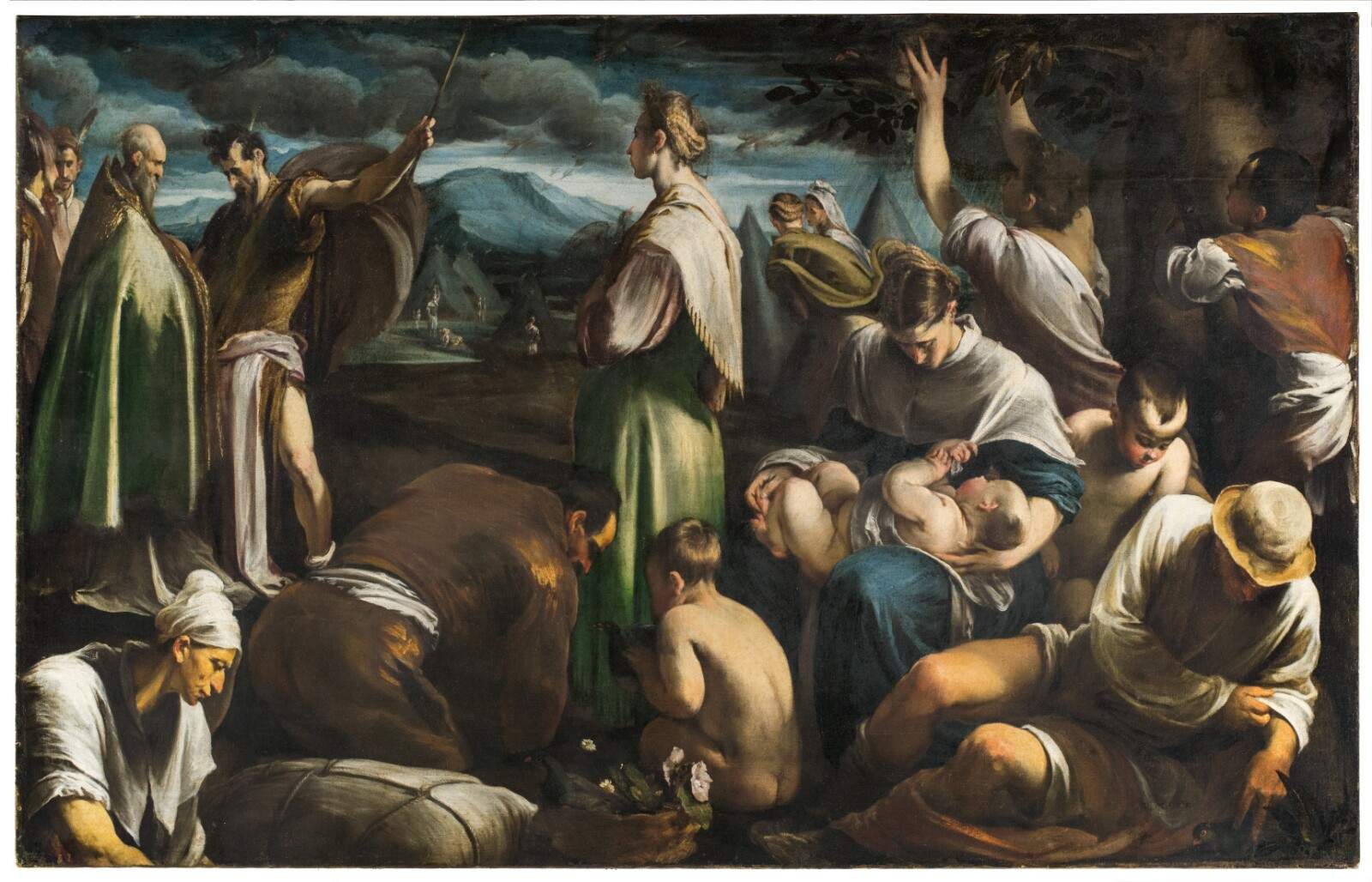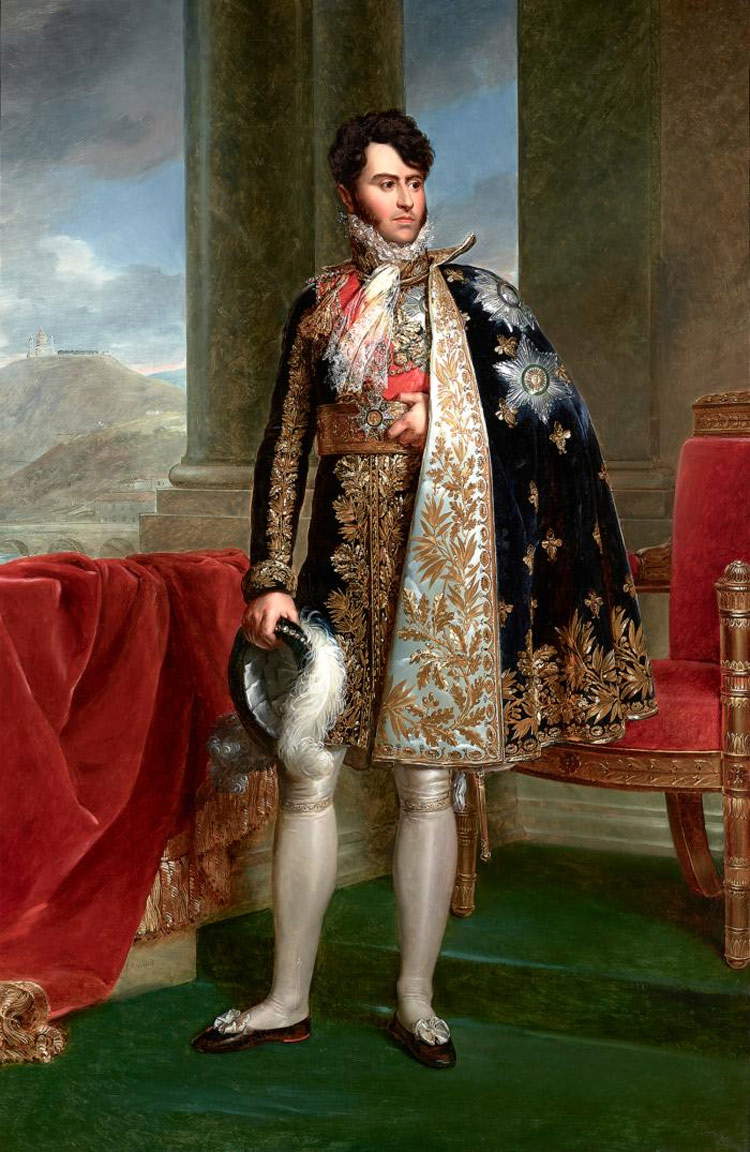The cases of Jacopo Bassano ’s Miracle of the Quails and François Gérard ’s Portrait of Camillo Borghese recently exported from Italy with the authorization of the competent superintendencies have ended up in Parliament, with two questions in the Senate. The latest case, also reported on these pages, is precisely that of the Venetian artist’s painting, whose purchase by the Getty Museum in Los Angeles was announced at the end of October. Both questions bear the signatures of Senators Margherita Corrado, Luisa Angrisani, Bianca Laura Granato (Gruppo Misto) and Elio Lannutti (Gruppo Misto-Italia dei Valori).
"On November 16, 2021, journalist Federico Giannini published in Finestre sull’Arte an article whose title, How is it possible that a masterpiece by Bassano that was in Italy was bought by the Getty?, is itself a cry of pain for the imperfect functioning of controls on works of art exiting our country," the four senators began by retracing the story of the exit of the Miracle of the Quails. “The certificate of free export under which the painting left Italy would date back four years, which makes it impossible to make the excuse of an oversight by the export office involved or the export office information system (SUE) to proceed with the annulment of the act in self-defense, because the terms allowed for a ’reconsideration’ have already elapsed,” the questioners continued. Yet, as admitted by the neo-owners themselves (rightly enthusiastic, starting with the senior curator of the Getty museum’s painting department, Davide Gasparotto), this is a masterpiece, as such destined to be exhibited on the second floor of the museum’s North Pavilion galleries, along with the other 16th-century paintings from northern Italy (including a Dapontian portrait and drawing), after the exhibition set up in the Getty center from early November 2021."


Considering that, “as is natural, in the United States the news of the purchase of a masterpiece of 16th-century Italian art had a certain prominence, while it ’escaped’ the Italian media until Giannini learned of it from the administrator of the Facebook group ’Le Connoisseur,’ Lorenzo Barbato, and relaunched it in turn, expressly asking the silent Ministry of Culture to give explanations,” and considering “the fact that, as Barbato reports, the painting had been on the market since 1996 and, proposed in that year to the Florence Superintendency, it was preferred to other exceptional works, cannot in fact in any way justify the decision of the export office that examined it before it left for the U.S. and the SUE not to prohibit its exit from the country in the name of public interest, whether the work, moreover well known to scholars after its publication by Roberto Longhi in 1948, was already notified or that the subjection to protection was to take place on the occasion of the request for export and prelude to the purchase by the state to secure it for public collections,” as well as “it does not seem to be coincidental that the stir stir caused on social networks by Giannini’s article has not been matched, again, by adequate attention from the media, even those specializing in the art sector, with the almost sole exception of the aforementioned Lorenzo Barbato and a few others.” the four senators ask the minister whether he should not launch a thorough internal investigation to “provide precise information on the evaluations of the final export office and the SUE prodromal to the issuance of the export license for the painting by Jacopo Bassano,” an act that “has legitimized, against logic, the exit from the national territory of a work whose particularly important cultural interest is incontrovertible.”
The case of the Gérard painting, raised in Parliament again by Corrado, Angrisani, Granato and Lannutti, is also particularly thorny. In fact, a veil of silence has fallen over the affair that pits the MiC against the prestigious Frick Collection in New York: the portrait of Camillo Borghese had in fact been sold by its owner to the prestigious American collection after the superintendence had granted the export, only to withdraw it after the work had already been sold. The matter is currently sub iudice, as the revocation came within the legal deadline. In this case, since it appears that no progress has been made, a question by the four senators asked, “what is the current status of the legal tug-of-war that began in August 2018 with the cancellation in self-defense of the certificate of free movement that allowed the Portrait of Prince Camillo Borghese by François Gérard to leave Italy for the U.S. in 2017; what initiatives has the Minister in charge taken, since its return for the second and then the third time to the Collegio Romano, in order to protect the national interest in the recovery of such a very important historical-artistic document that, belonging to the famous picture gallery of one of the Italian princely families, hands down the image of the scion of the Borghese family to whom we owe, among other things, the sale to Napoleon of the 695 ancient statues from the family’s collection of antiquities to create the Louvre and the commission to Antonio Canova, in 1804, of the famous marble portrait of Pauline of Borghese as Venus Victrix today at the Borghese Gallery.”
Theself-defense annulment of a free export license, in this case by the ABAP Superintendent of Bologna in August 2018, the four senators explain in a note, “merely opens a dispute in which the determination of the political decision-maker (in this case the eternal Franceschini) to regain possession of the ’escaped’ cultural asset always turns out to be decisive for the claim to succeed or fail. Upstream, however, there are errors on the part of Service IV of the General Directorate ABAP and the Export Office Information System (S.U.E.), which is supposed to coordinate the activities of the individual offices scattered throughout the country but also verify and validate their decisions, attributable mainly to the shortage of personnel that has led the MiC to the brink of the abyss.”
 |
| Cases of the Bassano and Gérard exported from Italy end up in Parliament |
Warning: the translation into English of the original Italian article was created using automatic tools. We undertake to review all articles, but we do not guarantee the total absence of inaccuracies in the translation due to the program. You can find the original by clicking on the ITA button. If you find any mistake,please contact us.